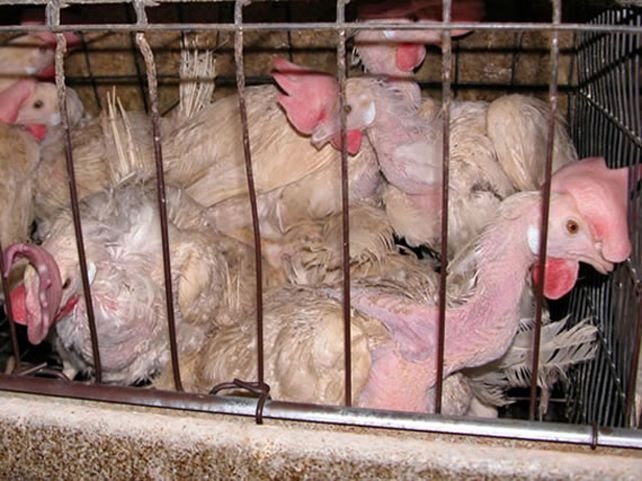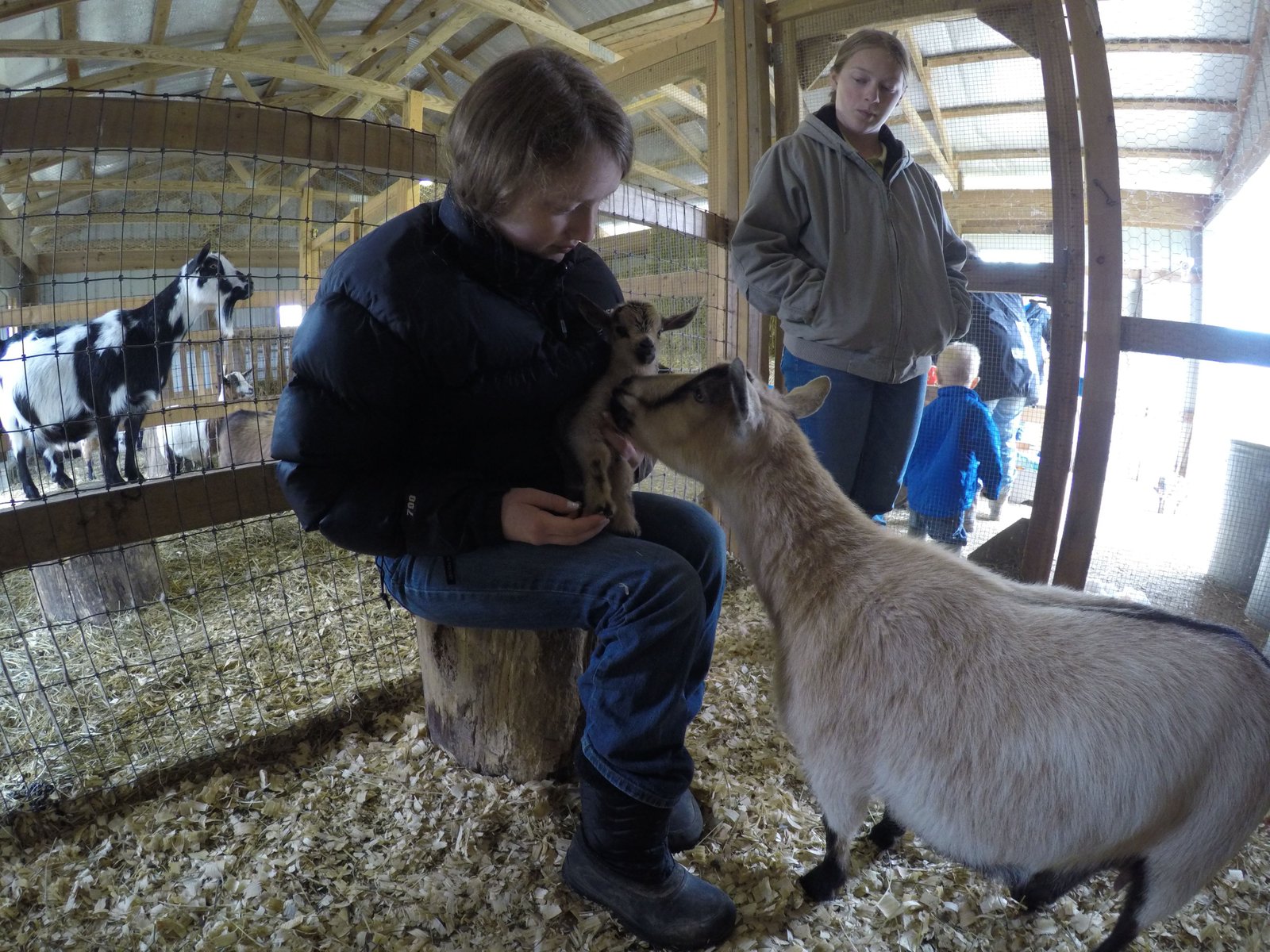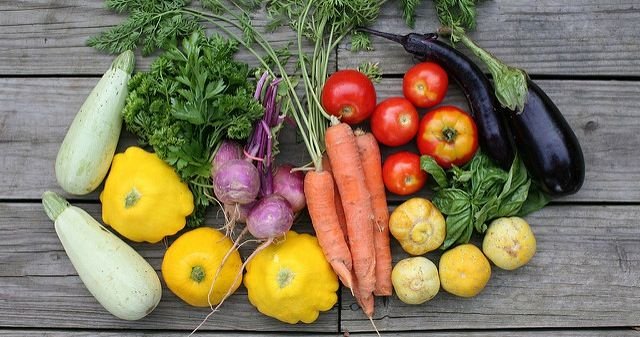Sustainable farming, its safety, and freedom of trade is a fundamental pillar of a robust and peaceful society.
Of all the things we should want to be open and transparent, how we get our food should be at the top of our concern.
Food resiliency is likely the most effective way to increase personal freedom and local stability. For far too long, we (as a society) have taken the easy way out. Corporate factory producers have had their way with those freedoms as well as our personal and environmental health.
Buying from trusted local farmers decentralizes food production and secures food availability. It almost guarantees a more humane and higher quality product, but at the cost of convenience and usually even price. But I ask you, what is more important than humanely farmed high-quality food that is produced by someone you trust?
Out with the old.

Currently, governments (lobbied by corporations) are in control of most aspects of our food and the trade thereof. There are a few large companies controlling the legalities of production and distribution. This has the effect of turning the art and science of caring for the farming and distribution of food and land into a manufacturing commodity controlled by only a few.
Buying local from a reputable farmer has huge impacts on these companies by reducing their revenues and tax payout and therefore also their ability to control trade through regulatory capture and the enforcement thereof. Our business is with farmers is going to create
In with the new.

We are currently seeing a significant market shift from the inhumane practices and unhealthy products of corporate factory production to local humane and clean farming.
Backyard or artisan farming is a growing trend around the country. By all indicators, permaculture is experiencing huge growth in the number of people taking courses and the quality of those courses and the communities that are necessary for them to exist. A whole new market has been taking shape. All of the indicators I can see
The snake in the grass.

There are plenty of stories of corporate regulatory capture retaliating against local and backyard farmers.
Of course, we see most of this retaliation in states that house large corporate producers. For example, we see Wisconsin attacking farmers for trading in dairy products and Michigan is aggressively pushing against small pig farmers. Each respective state has large corporate interests in not allowing competition in their territory.
Its sad, really that people think the government is on the side of freedom.
The hatchet in our hand.

That shift is further decentralizing food production through the boon of urban farming and the popularity of restorative agriculture and Permaculture practices. This boom and the powerful tools we have available now are creating the structures that will allow farmers and communities to out-compete the regulatory capture problems and also to create competing self-governing solutions.
